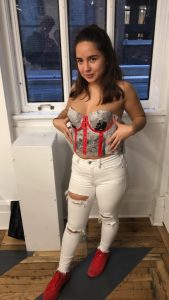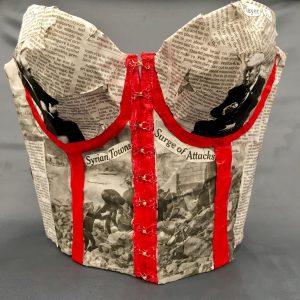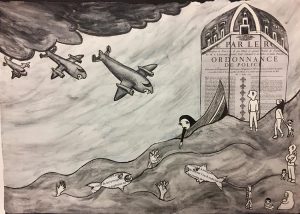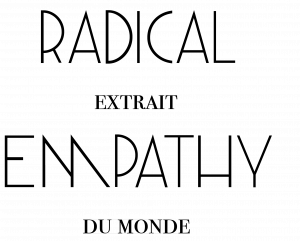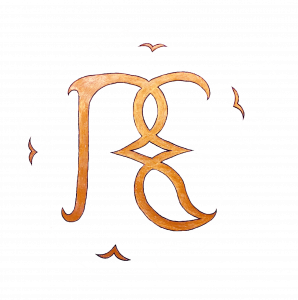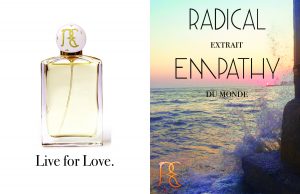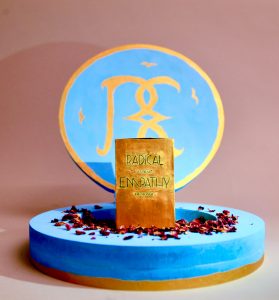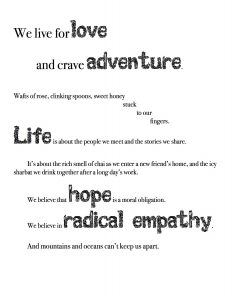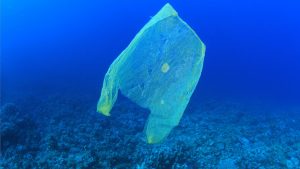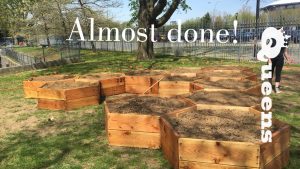I was born in New York City, and then lived in Vermont, Senegal, Switzerland, and Canada. Because I’ve had access to such drastically different worlds, culturally and financially, I can see how separated they are from each other, how systems are made to work for the fortunate, and how badly we need to communicate and really listen. That is something I aim to express through my work at Parsons: empathy.
During my first year at Parsons, I have gained access to many new resources, with which to develop new skills. This can be seen through my class projects. For example, in Seminar and Studio 1, I had to launch an imaginary perfume company—including designing the scent, logo, label, and bottle, naming the product and company, and making a magazine spread, a perfume box, and a set display. I had never done any of this stuff before, but I now feel somewhat confident in doing all of it. I used the skills I learned in this project for other classes, such as using my wood shop skills in Space and Materiality. I also worked a lot with newspaper collage, the refugee crisis, and the Syrian War, as seen in these two projects:
I also explored more abstract, introspective topics, such as what it’s like being in a new place, and philosophical questions:
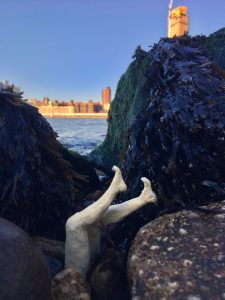
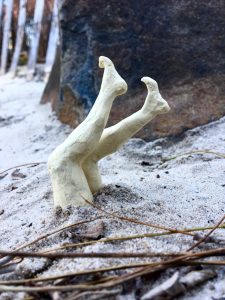
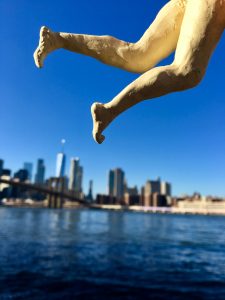
Here’s a link to a PDF of a philosophical short story I wrote and Illustrated using Adobe Illustrator and InDesign:
Most of my projects are pretty intellectual, or atlas verbal in some way, so they require research. This links my art to academia, something I’m still very much passionate about.
I’ve found that in my work, meaning catapults me into working hard and getting excited. I have to have a profound sense that the thing I’m working on is somehow important to the world. That’s why I draw upon philosophy, politics, and different forms activism.
The perfume project I mentioned earlier is my first highlight because I feel like I tapped into something real and original. Aiming to create a product to bridge the gap between different realities, so I drew inspiration from my experiences working at a refugee camp in Athens, Greece. Like I wrote above, we live in separate worlds, and I have been lucky enough to travel between them. My perfume, Radical Empathy, gives others the opportunity to do the same. Profits from my imaginary perfume go to the refugee crisis. I enjoyed working on every aspect of the project, and integrating different skills under a common theme to create something meaningful. If I were to do this project again, I would have painted my set display more neatly, used a paler blue, and worked harder on my perfume box.
This, like many other projects, opened my eyes to what is possible. I realized not only how people from different backgrounds need to come together, but how much fashion, design, and activism must come together. This leads me to my next highlight—a project where I developed a new line for Radical Empathy as my final project this semester. I called the line Haut Plastique, as each piece is made entirely of recycled plastic. My final paper in Seminar 2 was linked to this project, where I explored the dark underbelly of the fashion industry and its possibilities for change. I’m very proud of the work I created, especially seeing as this was my first time working with fabric-like material to make something wearable.
Here is a link to a website I designed to display this project:
https://isabel-reardon-pf58.squarespace.com/
In the future I would like to write and illustrate a memoir of the many experiences I’ve had learning about activism and creativity, and how they interact. This is a project I’ve already started on. In general in my time at Parsons, I want to continue to work in different mediums, hone my skills, collaborate with people who have different skill sets and different perspectives, and ultimately explore empathy through the intersection between activism and creativity.

